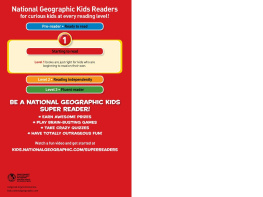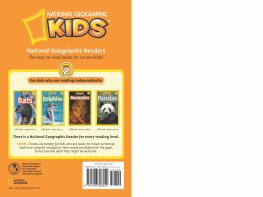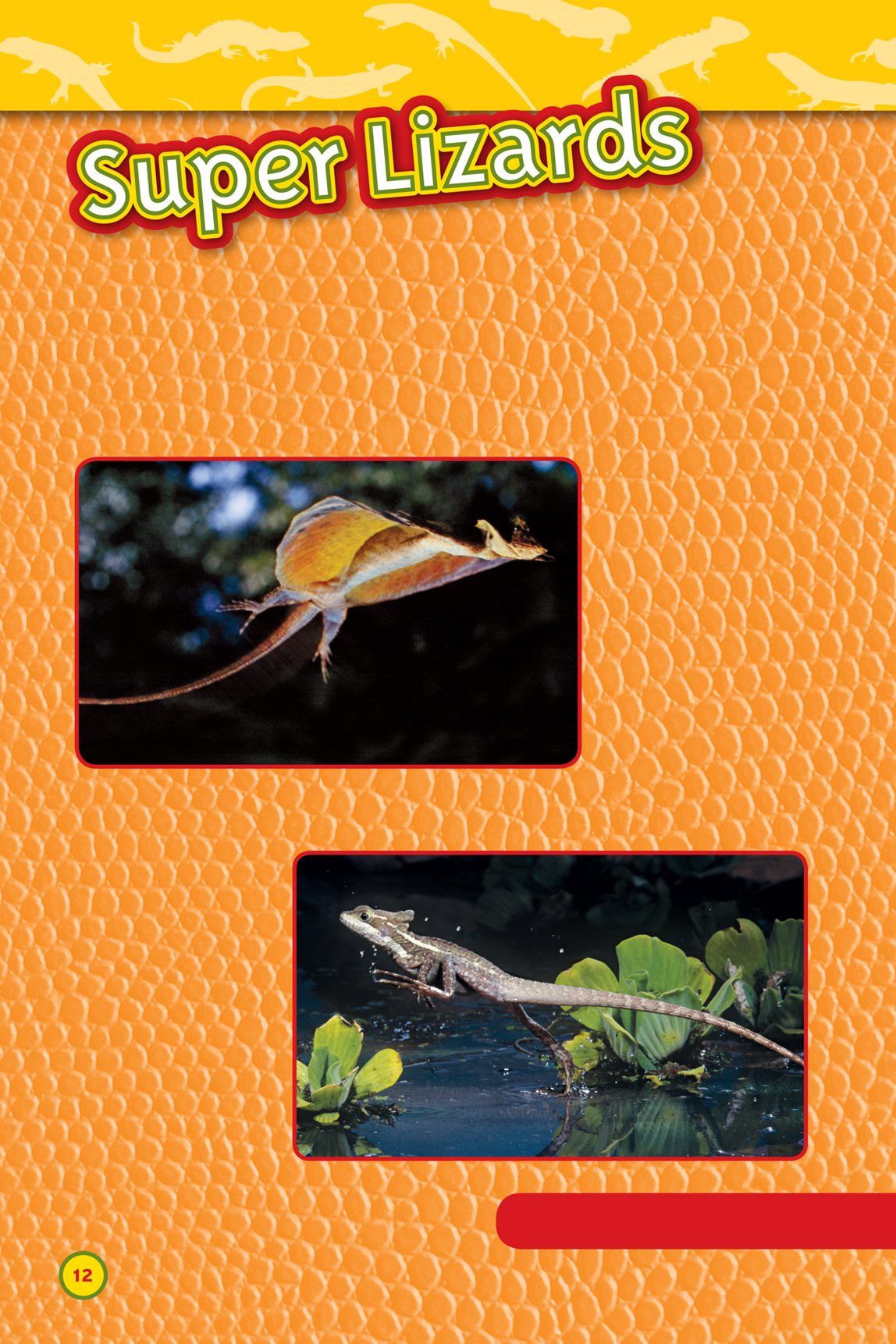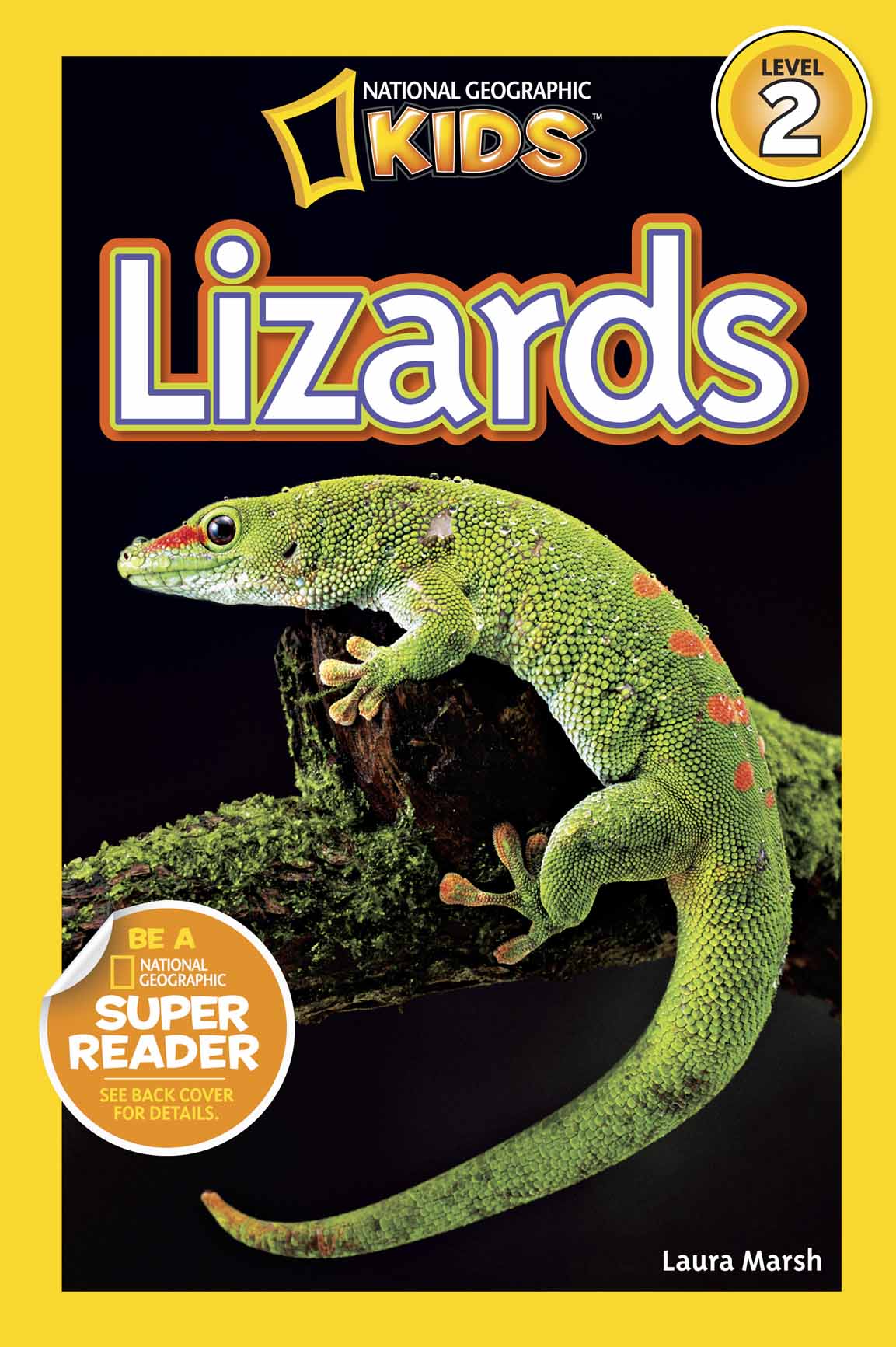
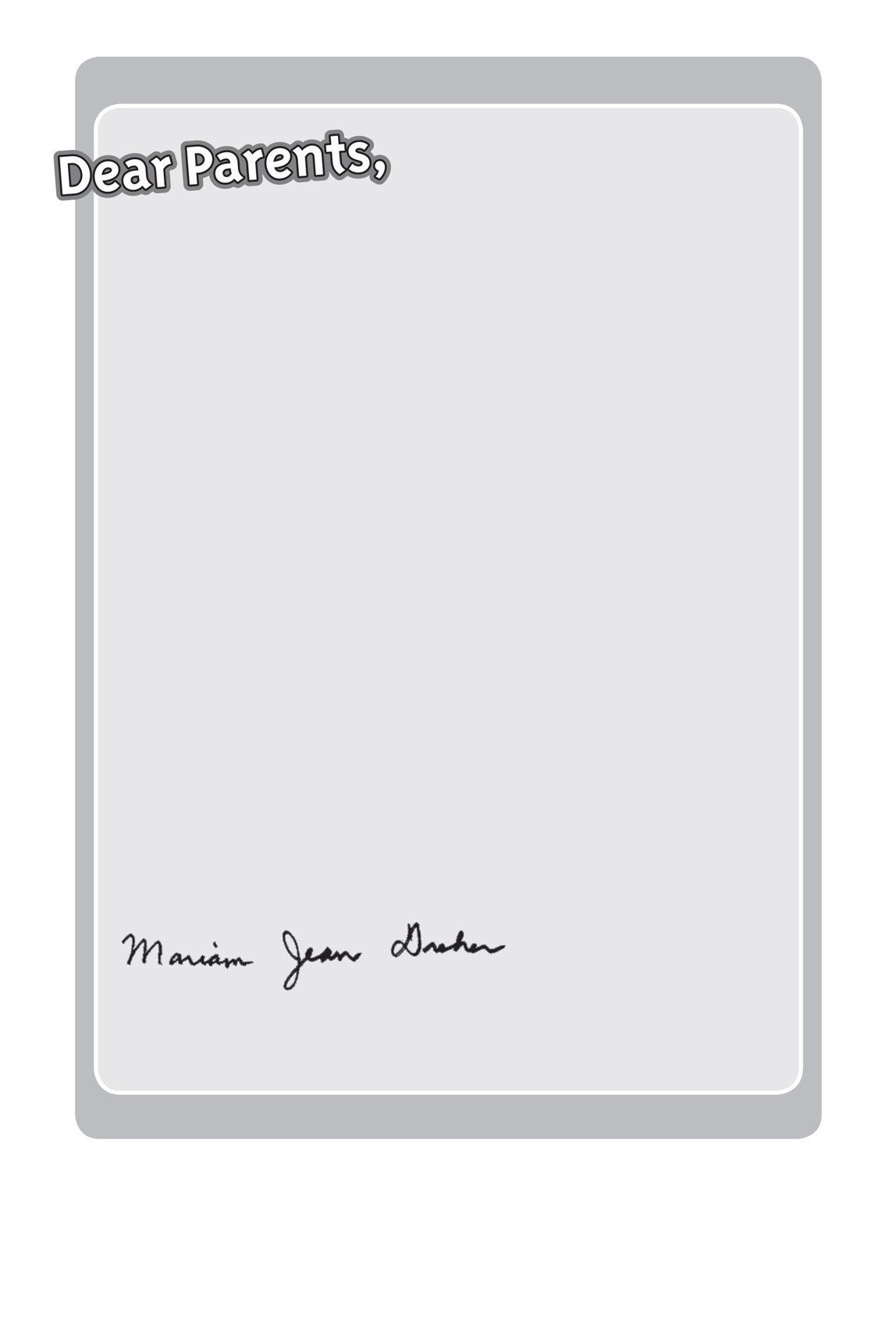
Children are naturally curious about the world around them, and
curiosity is a powerful motivation for reading. Studies show that
informational reading is critical to success in school. National
Geographic Readers allow you to feed your childrens interests
and create readers who not only can read, but also want to read!
To sustain childrens excitement about reading, we have created
a new program called NATIONAL GEOGRAPHIC SUPER READERS.
As kids read each National Geographic Reader, they cross off its
picture on a free National Geographic Super Readers poster that
parents can download from kids.nationalgeographic.com/superreader.
After reading four books, kids and parents go to the web site and
download specially designated prizes that reward their effort. Kids
can have even more reading fun online, with lively book-related
quizzes and games, fascinating excerpts, and sneak previews of
upcoming books.
The National Geographic Super Readers program appeals to kids
love of accomplishment while providing them with incentives to
keep reading. When the reading experience is fun, children learn
more and achieve more. What could be better than that?
Sincerely,
Mariam Jean Dreher
Professor of Reading Education
University of Maryland, College Park
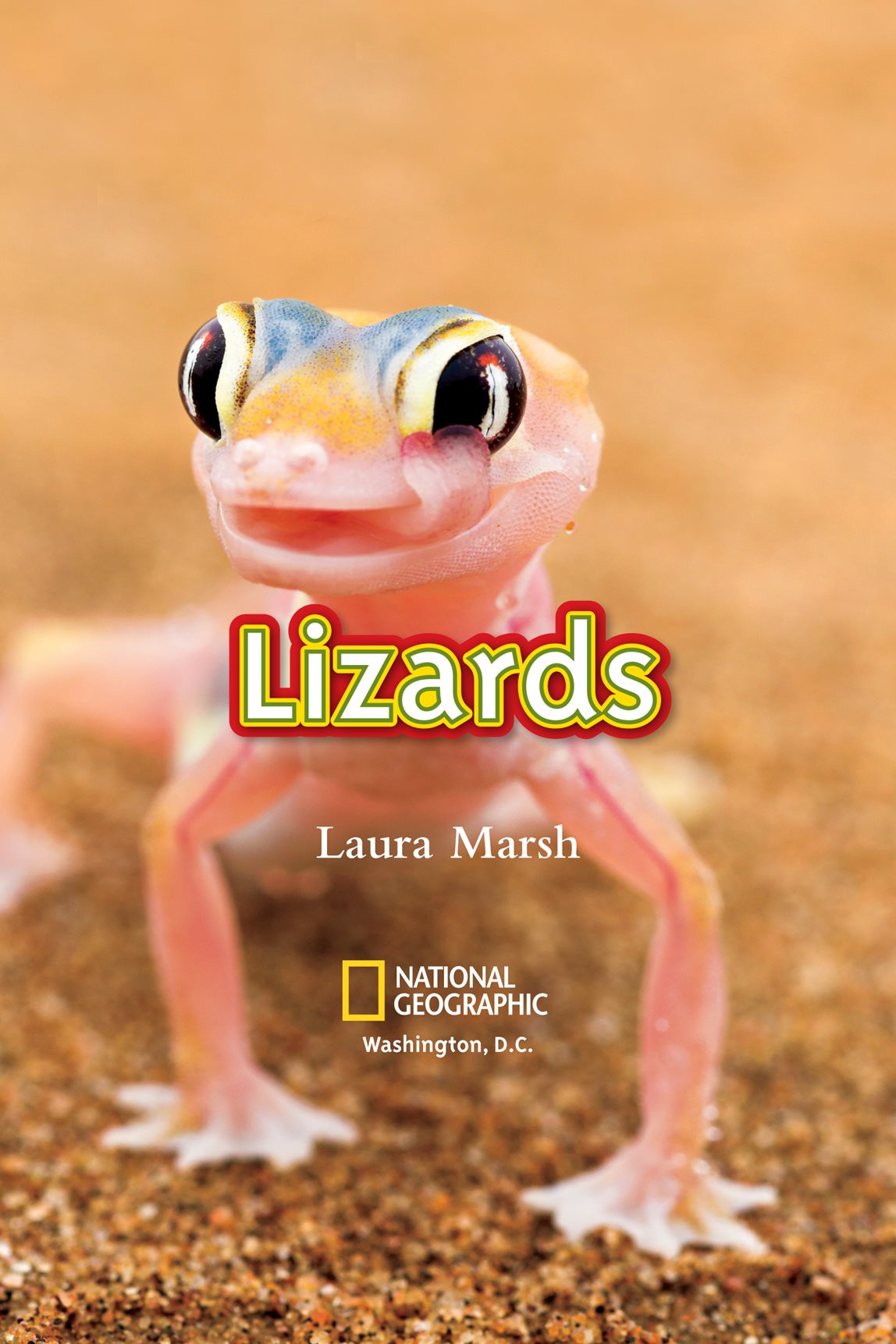
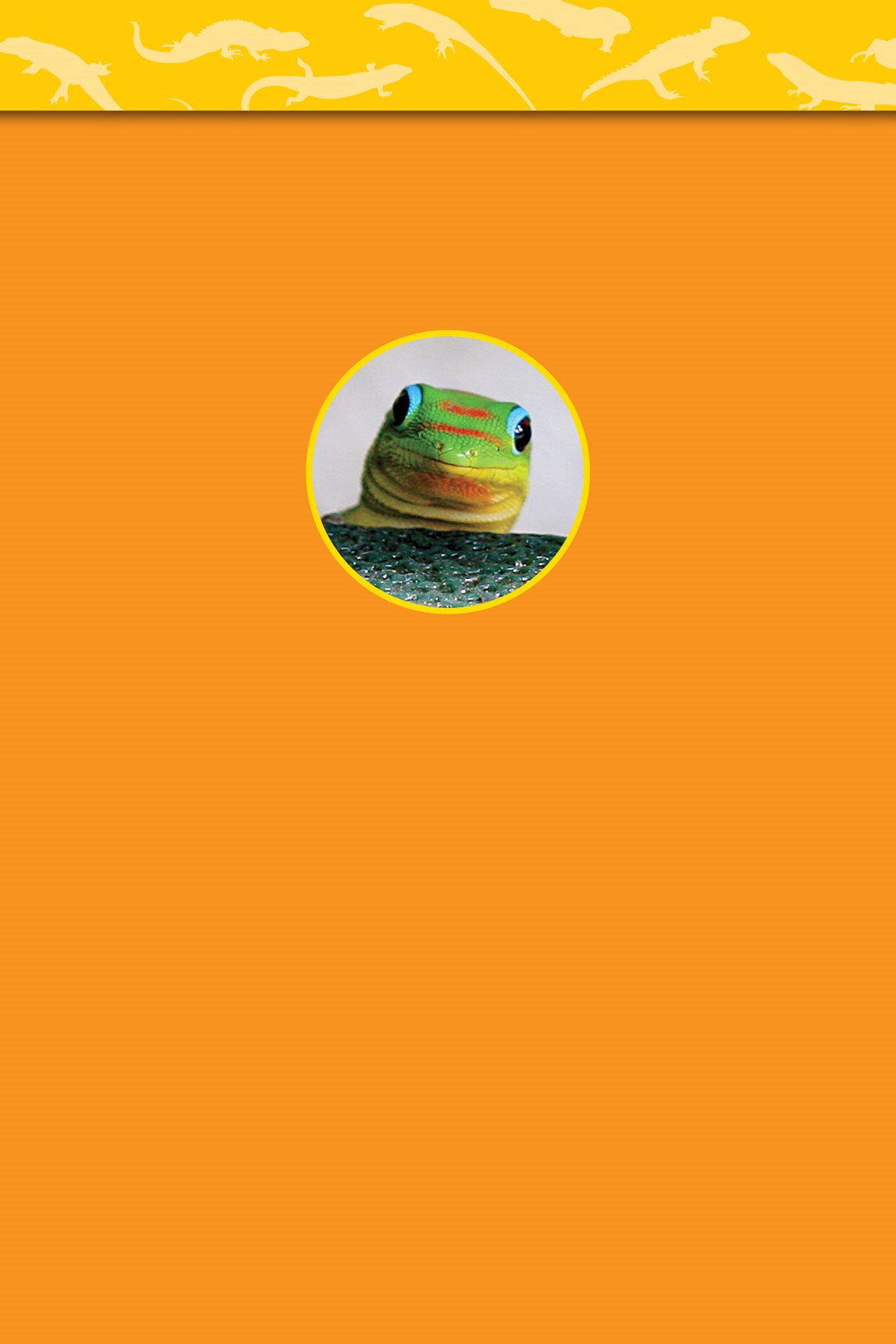
For Andie and Jed
L. F. M.
Copyright 2012 National Geographic Society
Published by the National Geographic Society, Washington, D.C. 20036. All rights reserved.
Reproduction in whole or in part without written permission of the publisher is strictly prohibited.
Design by YAY! Design
ISBN: 978-1-4263-0922-9 (Paperback) -- ISBN: 978-1-4263-0923-6 (Library)
-- eISBN: 978-1-4263-1308-0 (eBook)
Photo credits:Cover, Kim Taylor/npl/Minden Pictures; 1, Martin Harvey/Corbis; 2, Flickr RF/Getty Images; 4-5, Theo Allofs/Corbis; 6 (top), blickwinkel/Alamy; 6-7, Levent Songur/iStockphoto; 7 (top), fivespots/Shutterstock; 7 (center), Eric Issele/Shutterstock; 8, Jeff Ross/National Geographic My Shot; 9 (top), Conrad Maufe/naturepl.com; 9 (bottom), Ray Bird/Frank Lane Picture Agency/Corbis; 10-11, Lauren Hogan/National Geographic My Shot; 12 (top), Tim Laman/ National Geographic Stock; 12 (bottom), Visuals Unlimited/Getty Images; 12-13 (background), Jack Hollingsworth/Photodisc/Getty Images; 13 (top), Ocean/Corbis; 13 (bottom), Peter Scoones/naturepl.com; 14 (top), Robert Valentic/naturepl.com/; 14 (bottom), Tom Walker/Riser/Getty Images; 15, Cathy Keifer/iStockphoto; 16-17, Photo Researchers RM/Getty Images; 18, Wild Wonders of Europe/Lesniewski/naturepl.com/; 19, Kim Murrell/Shutterstock; 20, Chris Johns/National Geographic Stock; 21, Nick Garbutt/naturepl.com; 22, Udaya Wijesoma/National Geographic My Shot; 23, Inaki Relanzon/naturepl.com; 24 (top), John Cancalosi/Alamy; 24 (bottom), Tim Flach/Stone/Getty Images; 24-25 (background), Jack Hollingsworth/Photodisc/Getty Images; 25 (top), imagebroker/Alamy; 25 (bottom), Animals Animals/SuperStock; 26, WaterFrame RM/Getty Images; 27, Juniors Bildarchiv; 28 (top left), fivespots/Shutterstock; 28 (top right), Pan Xunbin/Shutterstock; 28 (bottom left), Eric Issele/Shutterstock; 28 (bottom right), fivespots/Shutterstock; 29, Nicolette Raley/ National Geographic Your Shot; 30 (left), Sebastian Duda/Shutterstock; 30 (right), Eric Issele/Shutterstock; 30-31 (background) Jack Hollingsworth/Photodisc/Getty Images; 31 (top left), Michal Filip Gmerek/Shutterstock; 31 (top right), Darlyne A. Murawski/National Geographic Stock; 31 (bottom left), Patrick Rolands/Shutterstock; 31 (bottom right), Cathy Keifer/Shutterstock; 32 (top left), Nick Garbutt/naturepl.com; 32 (top right), Curtis Kautzer/Shutterstock; 32 (center left), WaterFrame RM/Getty Images; 32 (center right), Peter Betts/Shutterstock; 32 (bottom left), Tim Flach/Stone/Getty Images; 32 (bottom right), Lauren Hogan/National Geographic My Shot.

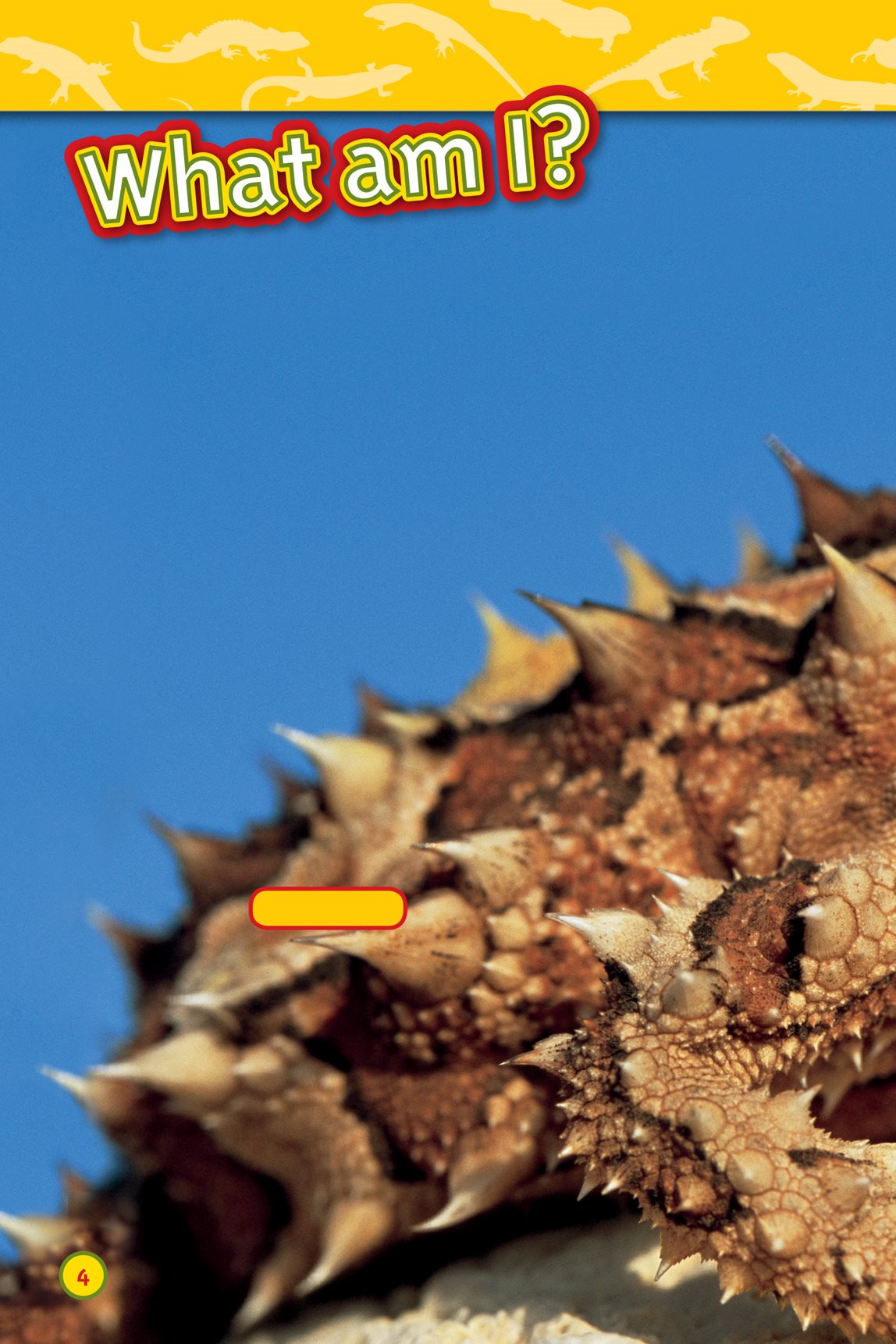
Thorny devil
I can be as big as a table.
I can be as small as a pin.
I can swim, glide, or run.
My skin is smooth,
bumpy, or even
thorny.
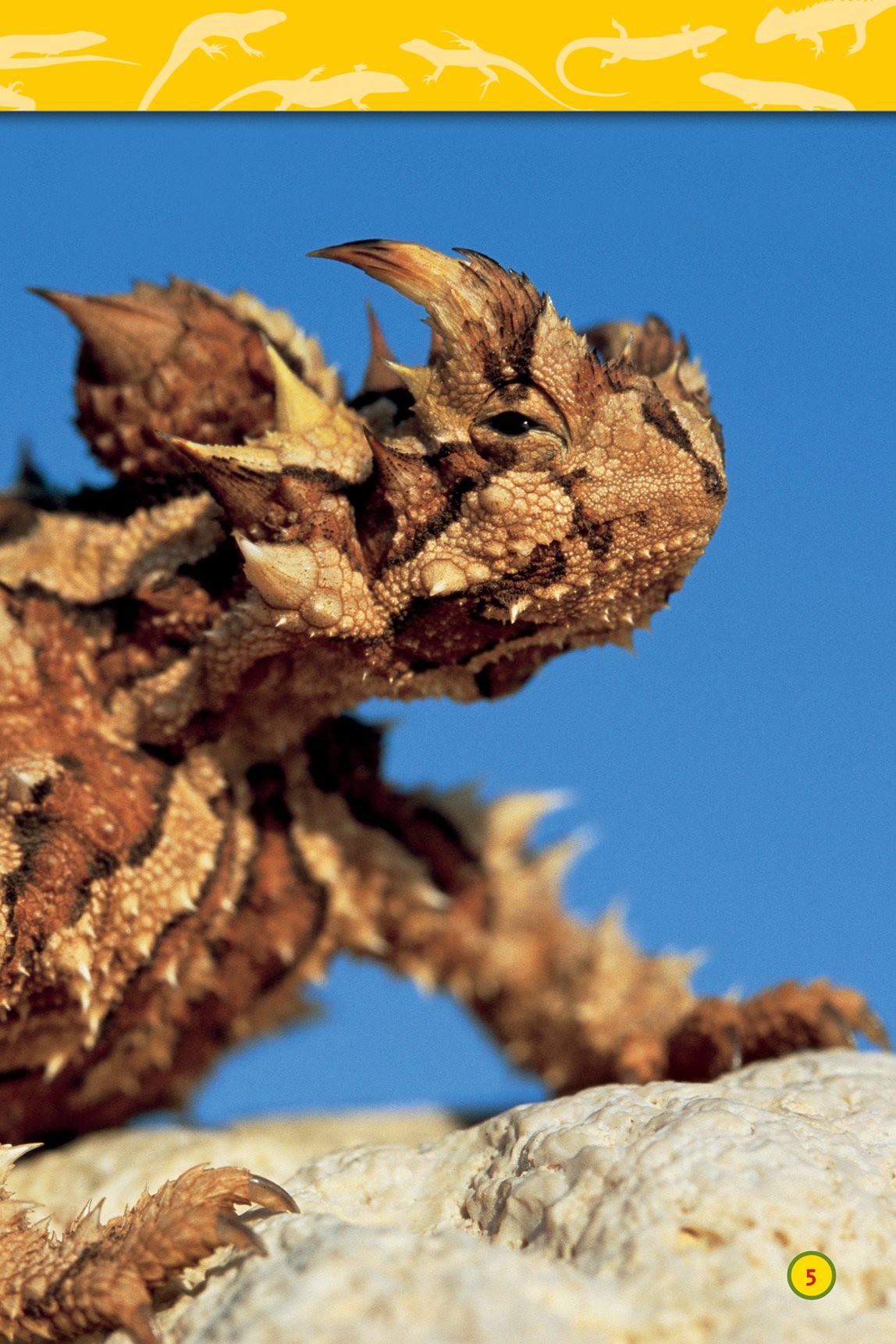
What am I?
A lizard!
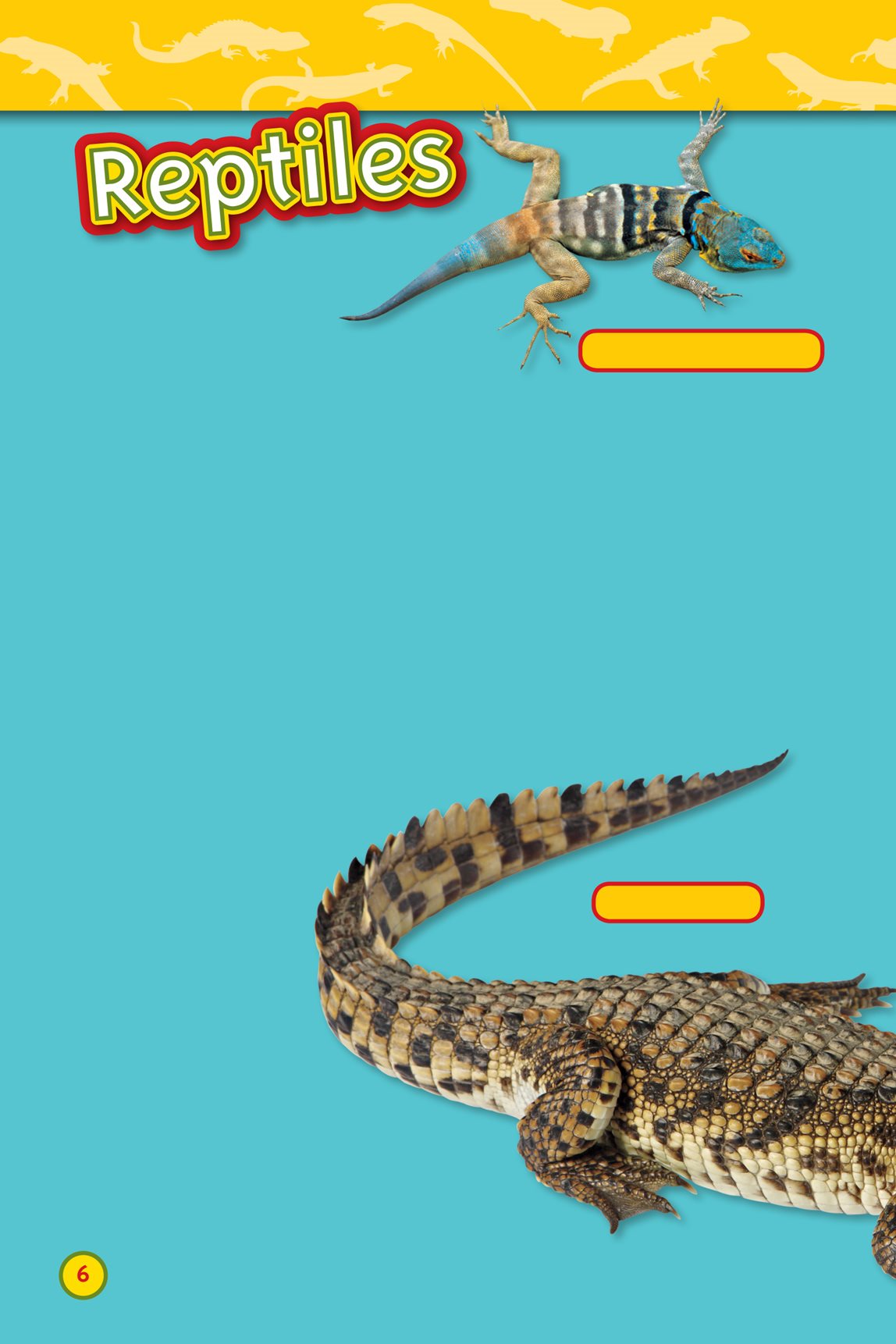
Baja blue rock lizard
Lizards come in different colors.
They come in different shapes.
But all lizards are reptiles. A reptile
has dry skin with scales. It usually
lays eggs on land. It has
a backbone.
Turtles,
snakes,
crocodiles,
and tortoises
are also reptiles.
Nile crocodile
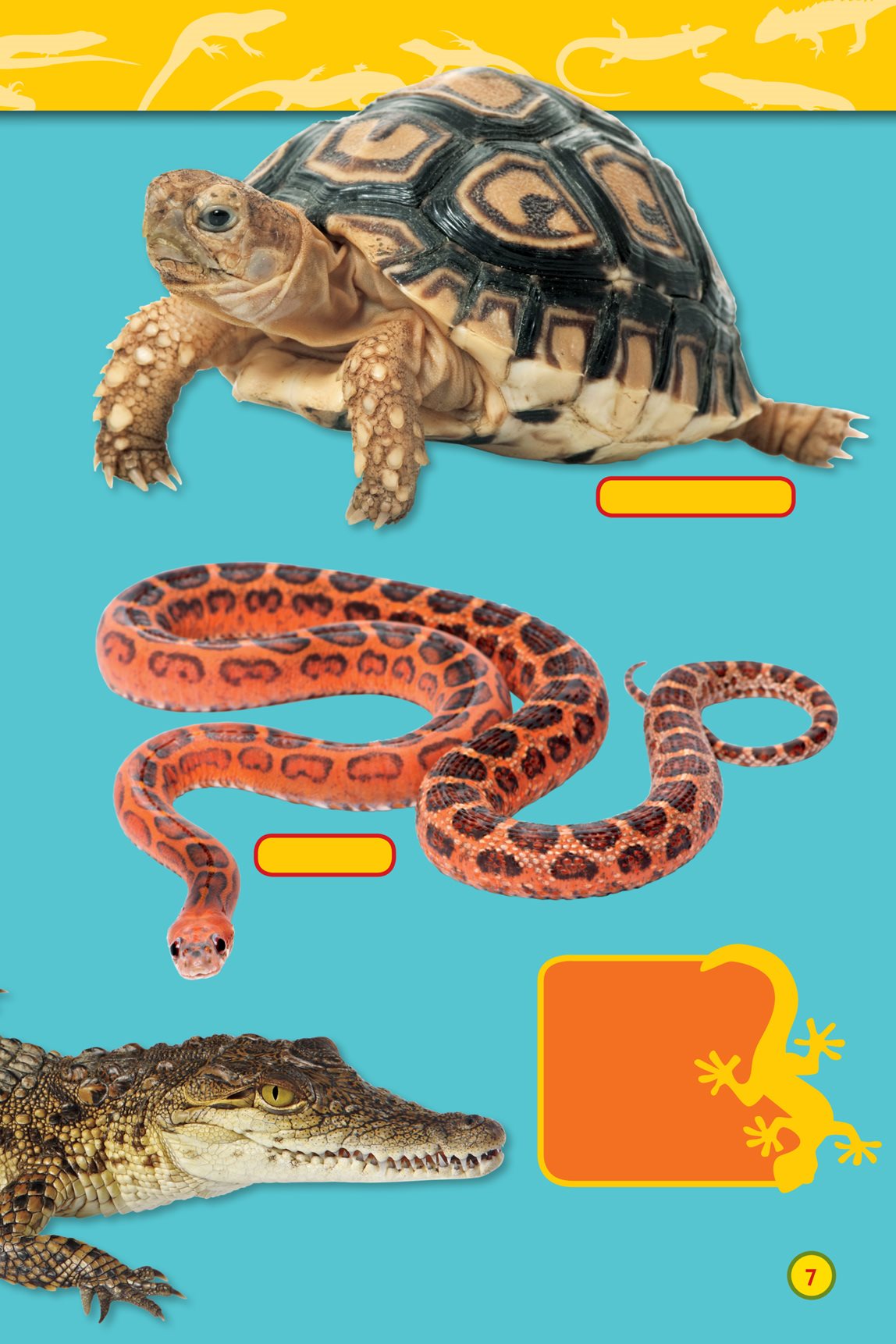
Corn snake
Leopard tortoise
Tail Term
SCALES:
Small, hard
plates that
cover the skin
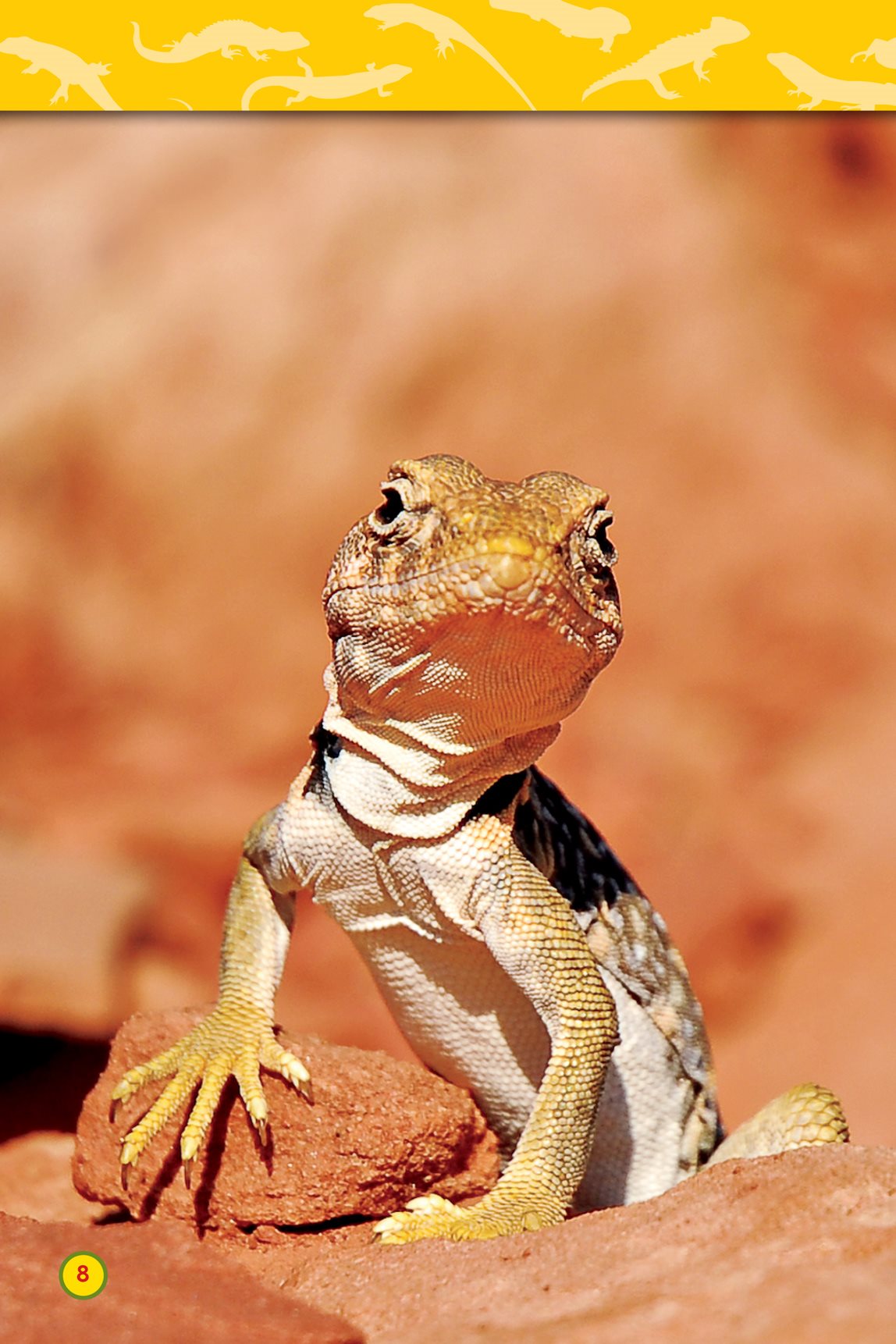
A reptile doesnt make its own body
heat. To warm up, it lies in the sun.
To cool down, it lies in the shade.
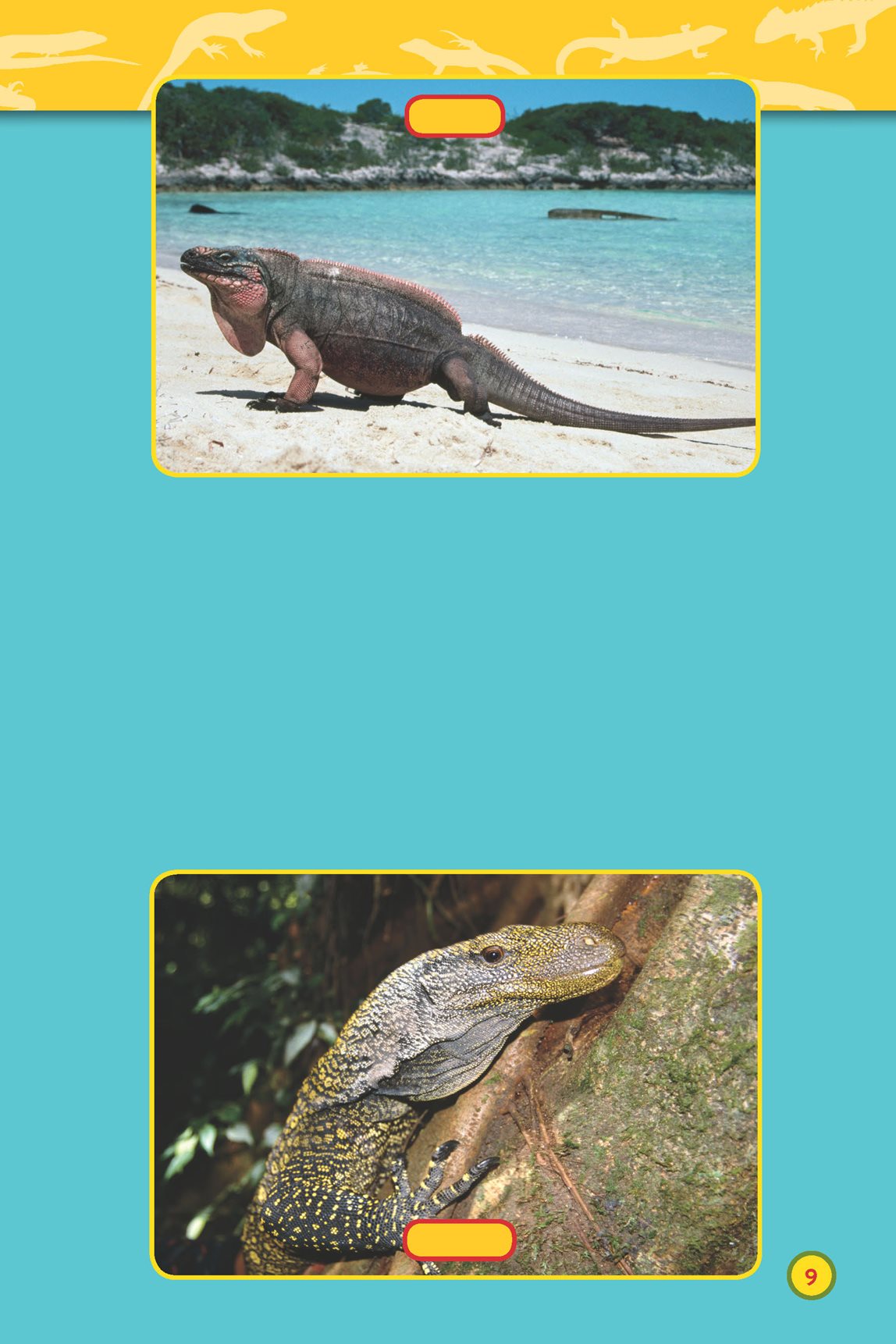
Most lizards live in warm places.
They live in the desert and by the sea. They live in forests and mountains. Lizards live on every continent
except Antarctica.
Iguana
Monitor
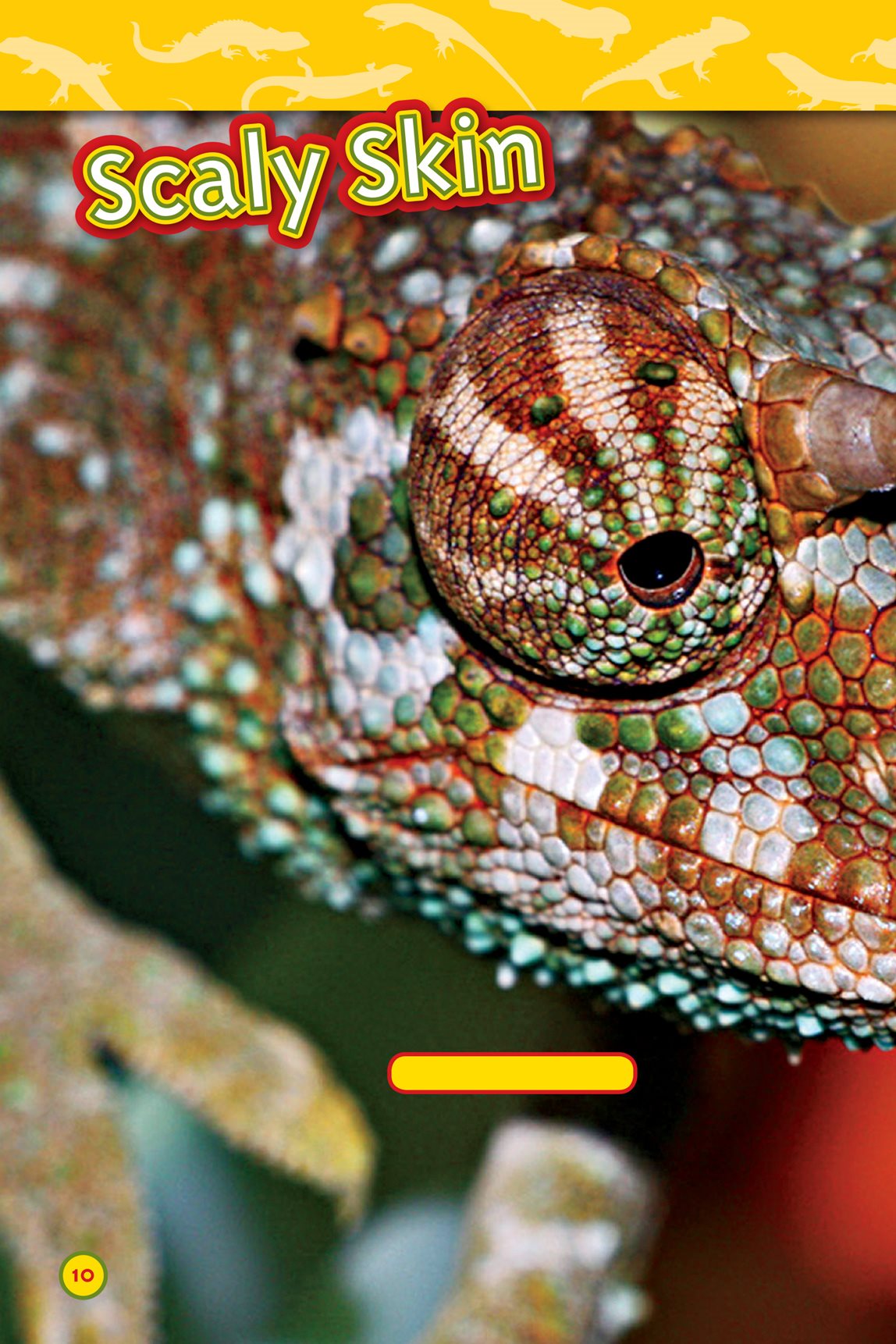
Jacksons chameleon
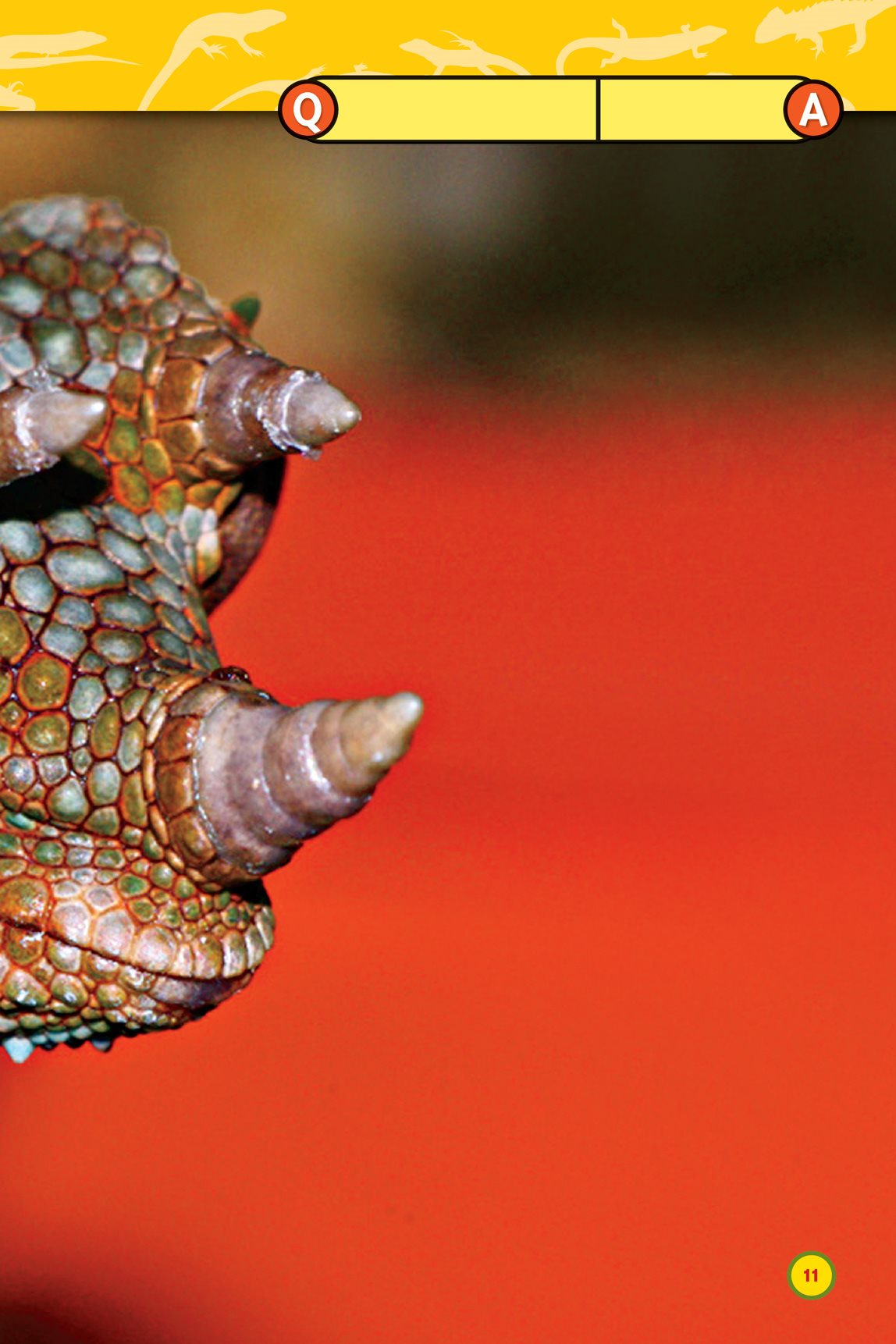
Lizard skin can be
smooth and shiny.
It can be bumpy or
spiky. But every
lizard has tiny scales.
Scales protect lizards.
They keep a
lizards body
from getting hurt.
They keep a lizard
warm. Scales keep a
lizard from losing
water, too.
Change is good!
What are a chameleons
words to live by?


